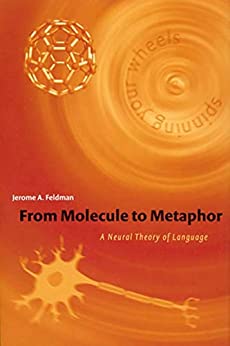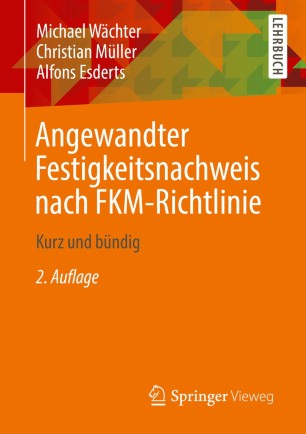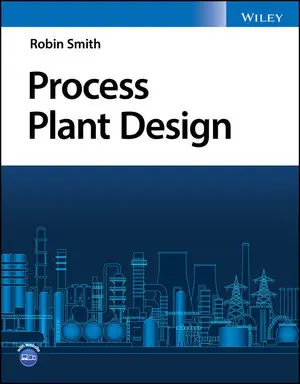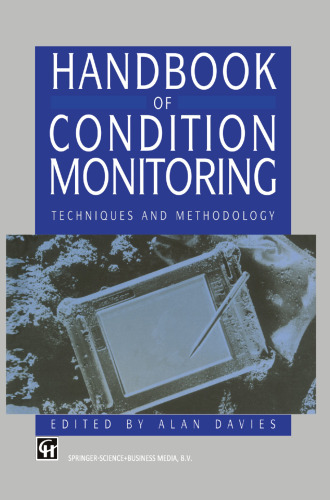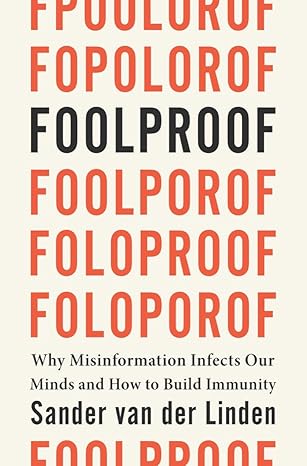In From Molecule to Metaphor, Jerome Feldman proposes a theory of language and thought that treats language not as an abstract symbol system but as a human biological ability that can be studied as a function of the brain, as vision and motor control are studied. This theory, he writes, is a "bridging theory" that works from extensive knowledge at two ends of a causal chain to explicate the links between. Although the cognitive sciences are revealing much about how our brains produce language and thought, we do not yet know exactly how words are understood or have any methodology for finding out. Feldman develops his theory in computer simulations—formal models that suggest ways that language and thought may be realized in the brain. Combining key findings and theories from biology, computer science, linguistics, and psychology, Feldman synthesizes a theory by exhibiting programs that demonstrate the required behavior while remaining consistent with the findings from all disciplines.
After presenting the essential results on language, learning, neural computation, the biology of neurons and neural circuits, and the mind/brain, Feldman introduces specific demonstrations and formal models of such topics as how children learn their first words, words for abstract and metaphorical concepts, understanding stories, and grammar (including "hot-button" issues surrounding the innateness of human grammar). With this accessible, comprehensive book Feldman offers readers who want to understand how our brains create thought and language a theory of language that is intuitively plausible and also consistent with existing scientific data at all levels.
چکیده فارسی
در از مولکول تا استعاره، جروم فلدمن نظریهای درباره زبان و اندیشه ارائه میکند که زبان را نه به عنوان یک سیستم نمادی انتزاعی، بلکه به عنوان یک توانایی بیولوژیکی انسان که میتوان به عنوان تابعی از مغز مطالعه کرد، ارائه میکند. ، به عنوان بینایی و کنترل حرکتی مورد مطالعه قرار می گیرد. او می نویسد که این نظریه یک «نظریه پل زدن» است که از دانش گسترده در دو سر یک زنجیره علی برای توضیح پیوندهای بین کار می کند. اگرچه علوم شناختی چیزهای زیادی را در مورد چگونگی تولید زبان و اندیشه توسط مغز ما آشکار می کند، ما هنوز دقیقاً نمی دانیم که کلمات چگونه درک می شوند یا هیچ روشی برای کشف آن نداریم. فلدمن نظریه خود را در شبیه سازی های کامپیوتری توسعه می دهد - مدل های رسمی که راه هایی را پیشنهاد می کنند که زبان و تفکر ممکن است در مغز تحقق یابد. فلدمن با ترکیب یافتهها و نظریههای کلیدی از زیستشناسی، علوم کامپیوتر، زبانشناسی و روانشناسی، نظریهای را با نمایش برنامههایی ترکیب میکند که رفتار مورد نیاز را نشان میدهد و در عین حال با یافتههای همه رشتهها سازگار است.
فلدمن پس از ارائه نتایج اساسی در مورد زبان، یادگیری، محاسبات عصبی، زیستشناسی نورونها و مدارهای عصبی، و ذهن/مغز، نمایشهای خاص و مدلهای رسمی از موضوعاتی را معرفی میکند که کودکان چگونه اولین کلمات خود را یاد میگیرند، کلماتی برای مفاهیم انتزاعی و استعاری، درک داستان ها، و دستور زبان (از جمله مسائل «دکمه داغ» پیرامون ذاتی بودن دستور زبان انسانی). فلدمن با این کتاب جامع و قابل دسترس، به خوانندگانی که میخواهند بفهمند چگونه مغز ما فکر و زبان میآفریند، نظریهای از زبان را ارائه میدهد که به طور شهودی قابل قبول است و همچنین با دادههای علمی موجود در همه سطوح سازگار است.
ادامه ...
بستن ...
- ASIN : 0262562359
- ISBN-10 : 0262562359
- ISBN-13 : 978-0262562355
ادامه ...
بستن ...
